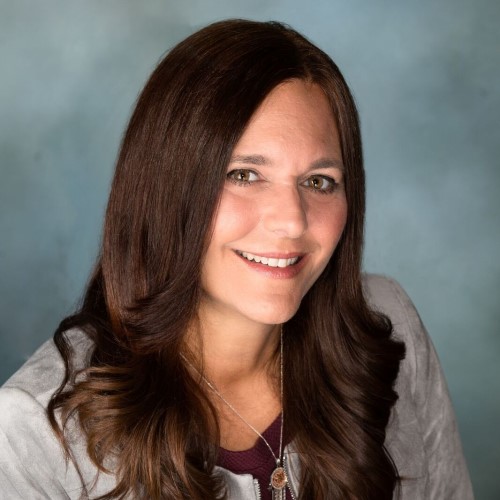Interdependence of Schools and Communities
December 01, 2022
Appears in December 2022: School Administrator.
PRESIDENT'S CORNER
The critical role public schools play as centers of our communities was never more evident than during the pandemic when our schools were the focal point for communication, food distribution, COVID-19 testing, vaccine access and so much more.
Public schools and communities are interdependent and mutually supportive. When we take advantage of that interdependence, great opportunities arise.
At its most fundamental level, community schooling provides students with the basics: education, nutrition and social opportunities. In many communities, schools also provide access to medical and emotional support and adult learning opportunities. In a growing number of communities, partnerships benefit learners as well as community businesses and organizations.
To prepare our students for their future world of work, we must allow them to explore career paths and varied professions at the local level and to experience them through hands-on and experiential opportunities. Given these opportunities, students can better define their career path and, in the process, save time and money. These local opportunities also increase the likelihood that our children will remain or move back into their communities upon graduation from college.
Providing unique real-work experiences through active community partnerships, work-based learning, internships, shadow days and paid-work experiences allows our students to develop meaningful competencies, expertise and transferable skills.
To create these kinds of experiences, districts should focus on several key areas.
Create a curriculum plan. Consider where the jobs are in the region, what students are interested in and what learning experiences, both in and out of the schools, will help students explore these careers. Determine how the district can tie together elective course work with relevant industries. Create opportunities for students to demonstrate their learning and understanding of content and required skills in their field of study.
Build a local business council. Invite local and regional businesses to participate in the discussion about school-to-career programs and work-based learning. A business council can provide valuable feedback, recruit partners and find job placements for students. Partnerships between schools and businesses can foster economic growth by creating a skilled regional workforce.
Start small but think big. Success breeds success. Make sure the first experiences are positive, purposeful and easy — not burdensome for schools or businesses. Begin with a small group of students and one community partner to work out the kinks and create a successful experience that everyone is talking about. Build upon the success in planning future opportunities and forging alliances. Expand these partnerships using technology. Zoom and Microsoft Teams might support a virtual internship program.
When done intentionally, fostering community relationships promotes future-focused learning and meaningful experiences. At the most basic level, bringing community leaders and business partners into the school community can provide needed services, develop positive relationships and bridge the gap between those inside and outside the school walls. Opening up the lines of communication can significantly benefit the relationship.
Schools as the center of communities ensure students are thinkers and communicators, can construct meaningful and transferable knowledge, develop positive social relationships and emotional wellness and graduate as independent, civic- and community-minded young adults. A healthy interdependence between communities and schools ensures our young adults are engaged, prepared, confident and future ready.
Shari Camhi is AASA president in 2022-23. @BaldwinUFSD
Author
Advertisement
Advertisement
Advertisement
Advertisement




